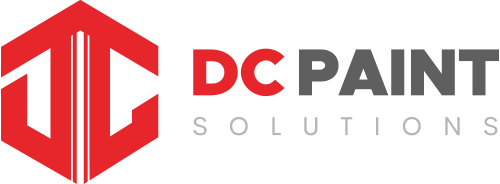 Painting any surface, be it a car, a model or an item of furniture, is a time-consuming job. The best paint job in the world can easily be betrayed by rushed or poor surface preparation so here is a step by step guide to help ensure you achieve first class results.
Painting any surface, be it a car, a model or an item of furniture, is a time-consuming job. The best paint job in the world can easily be betrayed by rushed or poor surface preparation so here is a step by step guide to help ensure you achieve first class results.
You will need plenty of medium to fine grit wet and dry sandpaper, an electric or air-powered sander, masking tape, a rubbing block, newspapers for masking off, face masks, a bucket, filler if the surface is damaged (in which case you will require coarser sandpaper), panelwipe, tack rags and safety glasses.
If the surface you are preparing is metal and has not been painted before then it will simply require a light sanding with 600 grit wet and dry sand paper before degreasing and dusting with a single coat of etch primer. This will create adhesion for further coats of high-build primer.
If you are repainting a surface, or the surface is damaged, then the surface preparation process requires more attention. It is not always necessary to remove all the old paint, however there is the possibility that the new paint and the old may react with one another. It is always good practice test a small area first.
If the paint is compatible then remove any loose or flaking paint with coarse sand paper, using your sander if necessary before flatting the old paint with a finer grade until it has no shine left and is smooth to the touch. If the surface is still glossy then you will have adhesion issues when you come to prime your project.
If the surface you are preparing is non-porous, such as metal or plastic, then you can wet flat the original paint. Wet flatting stops the sandpaper becoming clogged with old paint residue. To wet flat, have a bucket of warm water to hand (adding washing up liquid helps ensure the sandpaper does not clog and further ensures a clean surface onto which you can apply your primer).
 Wet flatting also reduces the amount of airborne particles that can potentially ruin your colour coat later.
Wet flatting also reduces the amount of airborne particles that can potentially ruin your colour coat later.
Try sanding using circular motions, being sure to use a rubbing block which ensures a flat finish, although you may have to sand corners and crevices by hand.
Once your surface preparation is complete and your project is smooth and gloss free, wipe the whole surface down with a clean tack rag and solvent panel-wipe to remove dust and grease. Wait until residue from the thinners evaporates completely before you begin priming your project.




